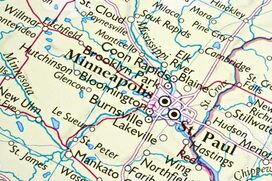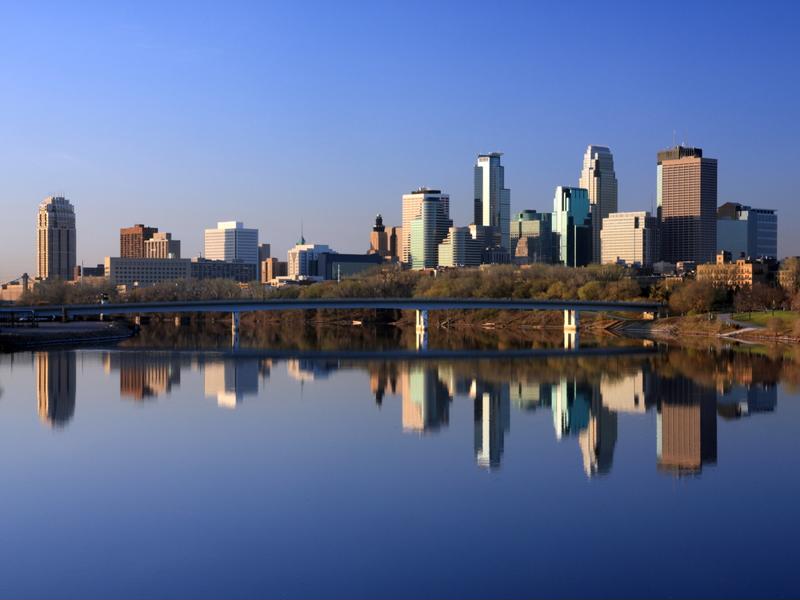
Live the dream in Minneapolis-St. Paul
For individuals seeking job opportunities, a vibrant downtown, an array of urban benefits and proximity to the great outdoors, Minneapolis and St. Paul fit the bill. The Twin Cities are desirable for a number of reasons beyond what many people already know - four professional sports teams, proximity to the Mississippi River and Great Lakes and some of the best skiing in the country. Those are reason enough to give the Twin Cities a look, but when one factors in the affordability, job availability and housing resources, Minneapolis and St. Paul become something much more.
According to The Atlantic, Minneapolis-St. Paul scored in the top 10 of a recent study on upward mobility from Harvard and Berkeley. Surprisingly, the metropolitan duo is also among the best areas for low-income family housing.
"It's so gratifying for the Twin Cities to get this nice recognition," commented Cindy Eidnes, Division Director of Beacon Hill Legal in Minneapolis. "We who live and work here know about all the wonderful attributes of Minneapolis-St. Paul, and now with the economic recovery and job growth in full force here, it's truly a great place to be doing legal recruiting and staffing."
"Minneapolis-St. Paul could provide the best chance of attaining the American dream."
Twin Cities offer a shot at the American dream
Most people think of New York City when it comes to their vision of the American dream. But while NYC might be the icon of that hope, Minneapolis-St. Paul could provide the best chance of actually attaining it. The 2014 study from Harvard and Berkeley measured the chances that a child born into a working class family will move into the middle- or upper-class. New York City was, indeed among the top performers, along with Los Angeles and San Francisco. Minneapolis-St. Paul also finished in the top 10.
But there's more to it than upward mobility. A separate report from online real-estate marketplace Trulia ranked cities based on housing prices. Many of those same top-performers from the Harvard-Berkeley study offered some of the least affordable housing in the country. However, the Twin Cities offered the second-best opportunities for working class families to pay for housing within commuting distance of the workplace. What's more, Minneapolis-St. Paul is a top-10 metropolis in terms of highest college graduation rate, lowest poverty rates, and highest average salaries for residents under 35.
Best of all, the Twin Cities have the best employment rate among residents aged between 18 and 34. So to summarize, Minneapolis-St. Paul have upward mobility, affordable housing, robust employment rates and high average salaries. What could make it better?

The Fortune 500 capital
Minneapolis-St. Paul has 19 Fortune 500 companies - the most of any urban area of the same size, according to The Atlantic. Many of those companies were born and bred in the Twin Cities.
"We're not like [other cities], where half of its Fortune 500s moved there," Myles Shaver, a professor at the Carlson School of Management at the University of Minnesota, told The Atlantic. "There is something about Minneapolis that makes us unusually good at building and keeping large companies."
In addition, the Twin Cities have embraced the scientific fields like computer science and engineering, reported the Minneapolis-St. Paul Business Journal. Over the last 12 months, employers in those and related fields added 11,800 jobs in the cities, making up 36.8 percent of the region's job increase.
But it isn't just the technical sectors that are driving expansion. Jobs growth also enjoyed gains in health and education positions along with leisure and hospitality. Those numbers back up the idea that the Twin Cities are an excellent place to live and work.
This content brought to you by the Marketing Team at Beacon Hill Staffing Group.
 Back to Top
Back to Top

